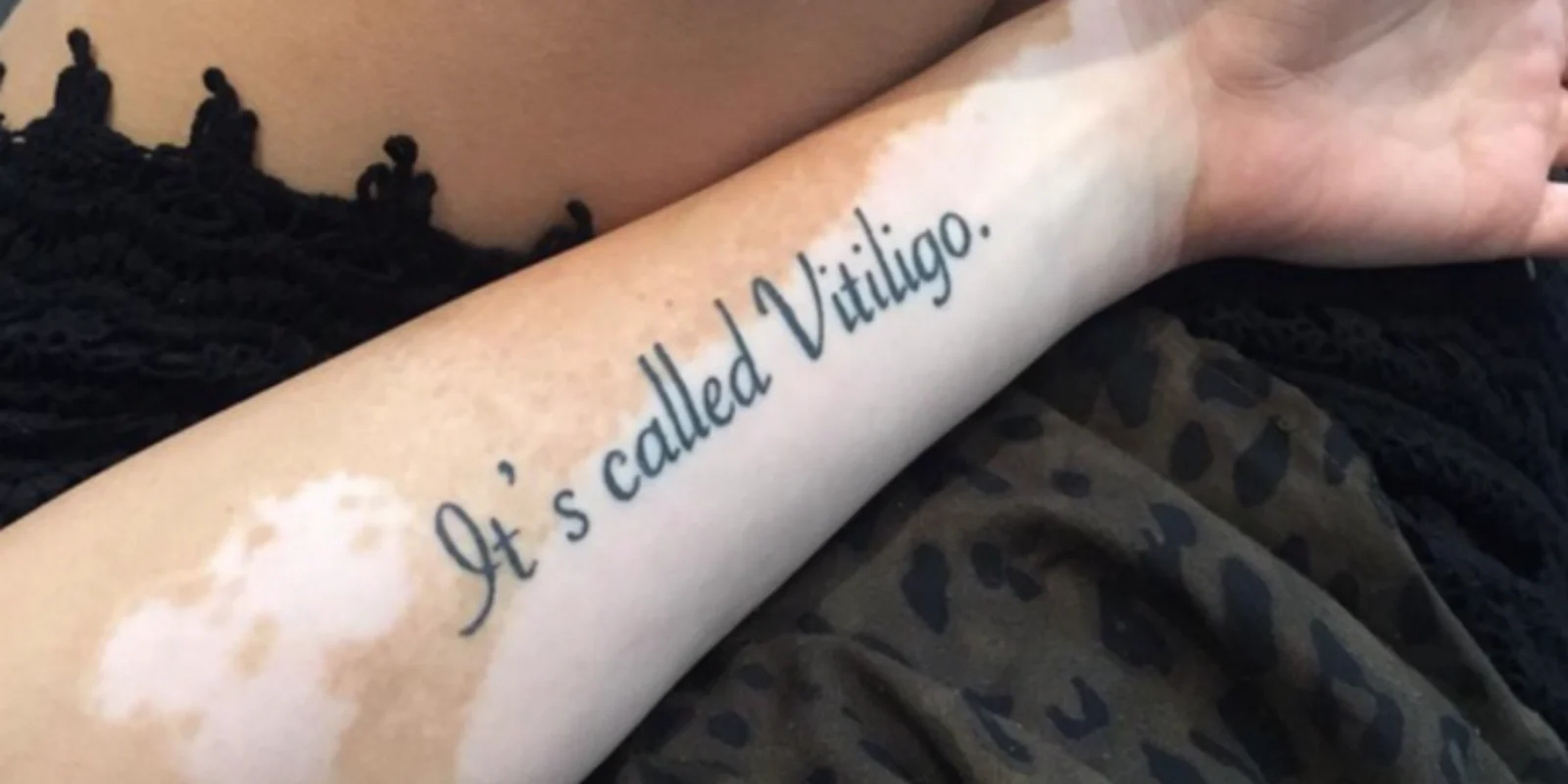Patient-centered healthcare has seen positive results in off-label drug prescribing. Now’s the time to get serious about documenting off-label use in medicine.
Research and innovation are two lasting pillars of medicine. This is clearly the case in drug development, as we watch for the newest medication to break onto the scene and change how we care for patients. But there’s more to drug treatment than simply applying the latest FDA-approved chemical. Trends over the past decade have shown that physicians are increasingly prescribing treatments off label. This type of prescribing has tremendous potential to affect how we treat patients, so why don’t we monitor and study off-label drug use (OLDU) more effectively?
Patients using drugs for unindicated purposes aren’t part of clinical trials. But that doesn’t mean we can’t learn from them. Monitoring and analyzing off-label use, its side effects, and which type of patients do well on a drug is a novel form of clinical research — an experimental study of drugs already on the market.
AN EXAMPLE IN DERMATOLOGY

A prime example of effective OLDU can be seen with the skin disease vitiligo (a disease I happen to have). Currently, tacrolimus is designated for the treatment of eczema and not as a first-line treatment for vitiligo. However, off label, tacrolimus has shown great results in vitiligo patients. Yet, patients haven’t been educated about this additional option. Information on the drug’s effectiveness isn’t readily available to physicians. After years of unsuccessful vitiligo treatment, I found tacrolimus to be immensely beneficial in my treatment and maintenance of outbreaks. We should be doing more to see if others can reap that benefit.
Physician records of tacrolimus (and any other OLDU drug) could provide the FDA with data on populations that have benefited from the alternative use of market-approved drugs. With enough data, drugs deemed safe and beneficial for unindicated diseases could go through an expedited FDA approval process for additional uses.
HOW IT CAN WORK
The most efficient way to monitor, record, and track OLDU is through EMRs. We could use the system to mark prescriptions “OLDU,” use the database to document their success, and share the information with others. In medicine, percentages and numbers speak volumes. Providing OLDU candidates with stats on successfully treated patients can help them understand the process.
A collection of OLDU statistics would allow physicians to know how often a medication is prescribed off label and help them determine if it could benefit a patient. This type of data is crucial not only to current disease prognosis but to future treatment as well.
Monitoring OLDU, in association with data collection and analysis, provides significant opportunity. It could reduce risk in hospitals, inform current and future patient treatment, and provide a foundation for medico-legal issues that may stem from drugs being prescribed off label.
OLDU hasn’t spent much time under the microscope for fear of bringing attention to what some may consider drug misuse. But, working with available therapies may be one of the safest ways a physician can experiment with treatments. It also helps to skirt the high costs new drug development.
OBSTACLES & LIABILITY
Of course, OLDU is not without its barriers. Physicians who prescribe off label subject themselves to liability. If an OLDU treatment doesn’t work, the responsibility falls squarely on the physician’s shoulders. Physicians must justify the use of a drug and its dosage in a particular scenario, which is a challenge without guidelines. To deal with this, some OLDU prescribers start small and increase the dosage gradually if the treatment works.
The current OLDU set-up will need to be adjusted. In order to maximize a standardized OLDU database, physicians must initiate a low dosage regimen and record any adverse effects thoroughly. Once an off-label treatment is deemed successful, those results can be repeated with high internal validity.
USING THE TOOLS WE HAVE
New epidemics spread rapidly, and testing and approving experimental drugs takes up vital time. Why not use drugs that have already gone through regulatory vigilance? Environmental influences, population dynamics, and other factors change over the course of time it takes the FDA to approve a drug for a disease. By using EMRs to implement OLDU databases, we can take positive steps to provide safe and effective treatment options more quickly.
Let’s make more of what we have. It’s time.







